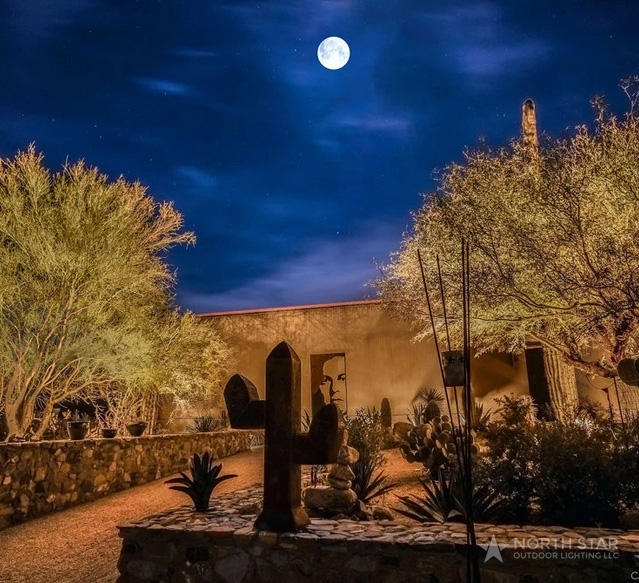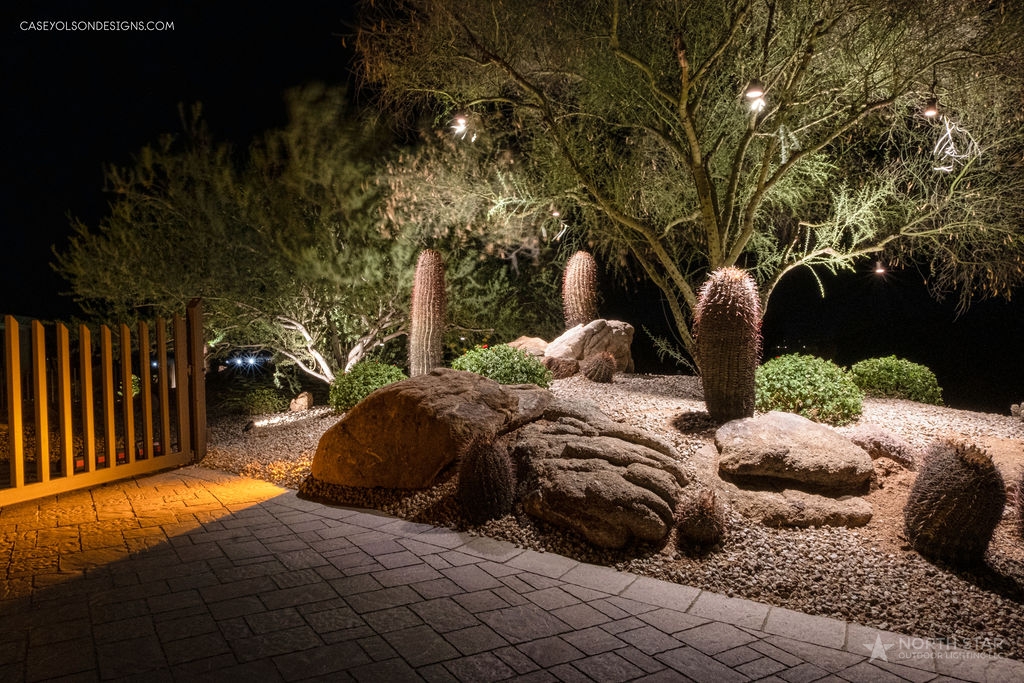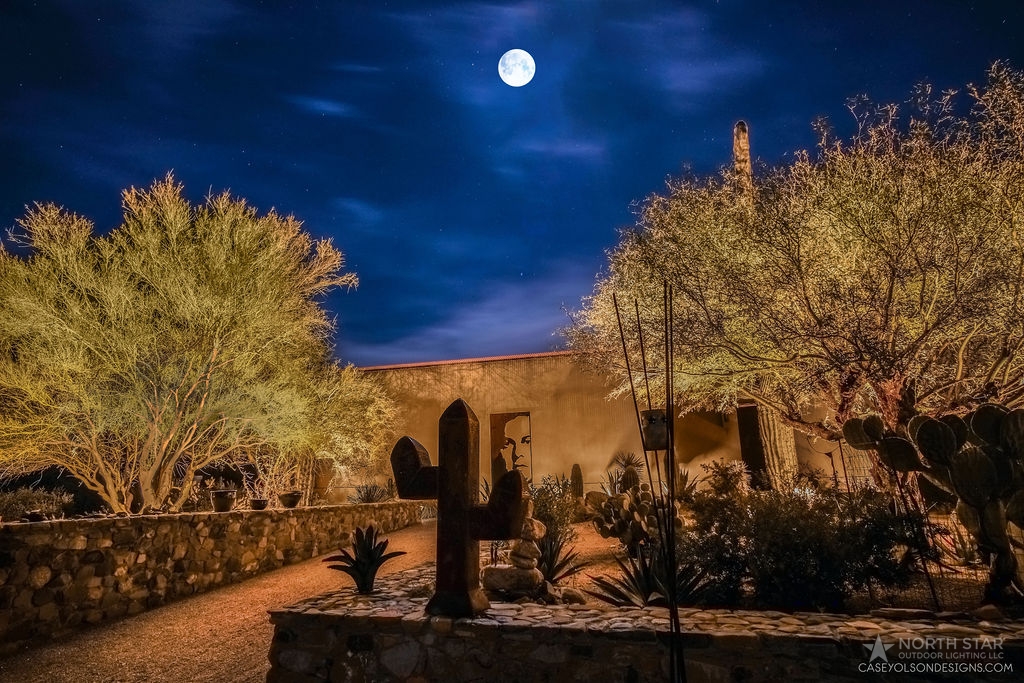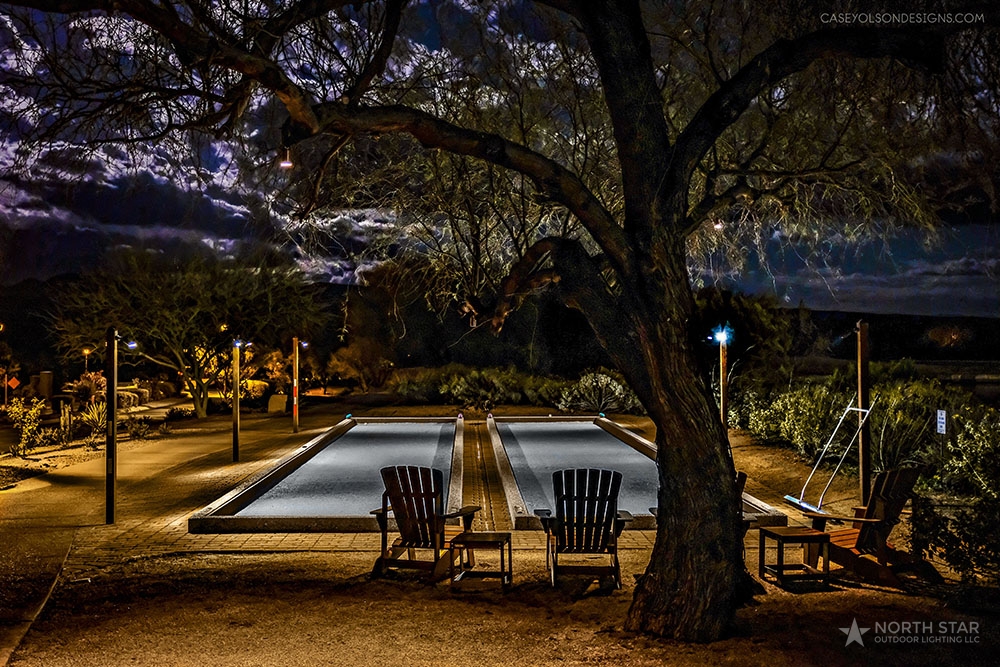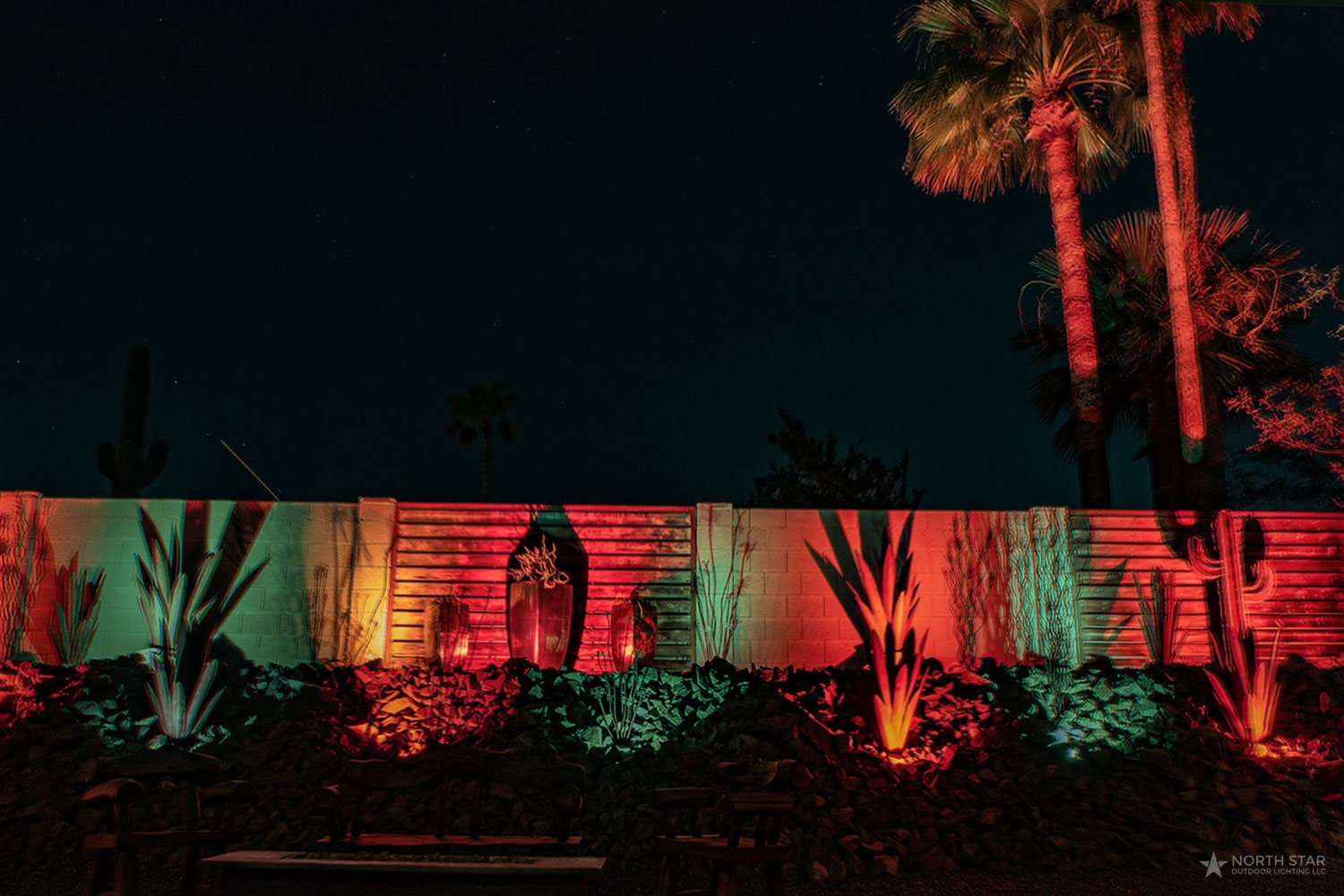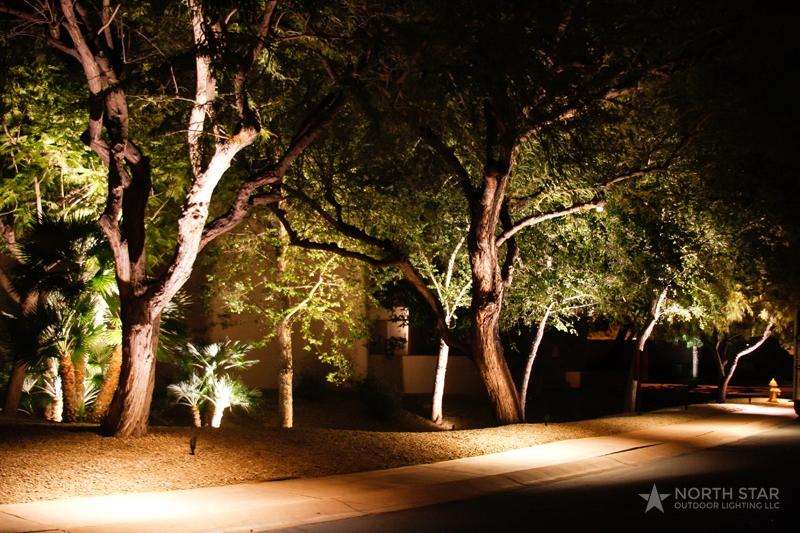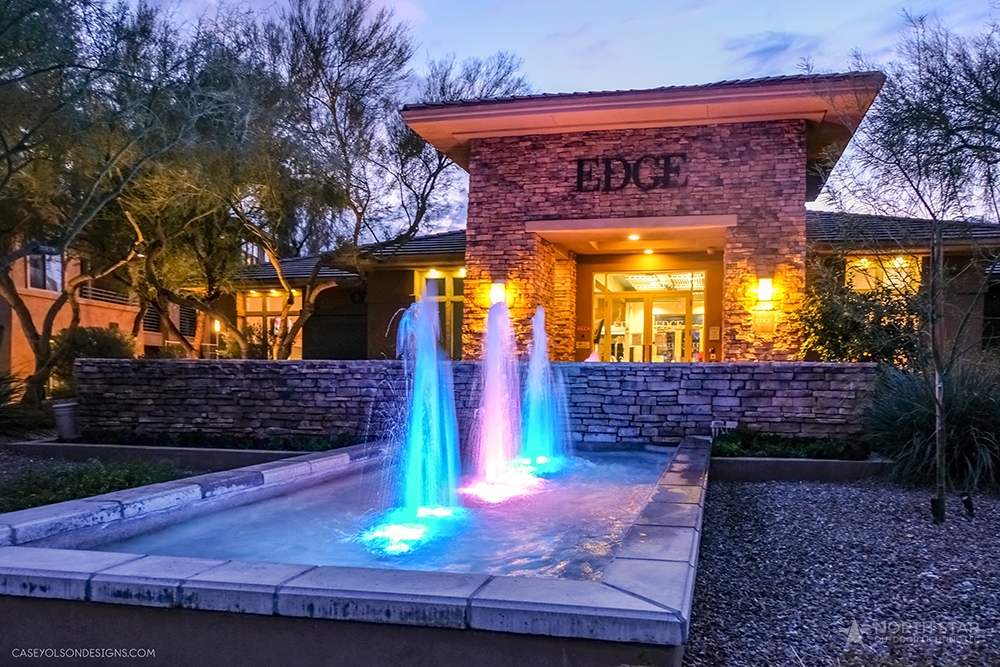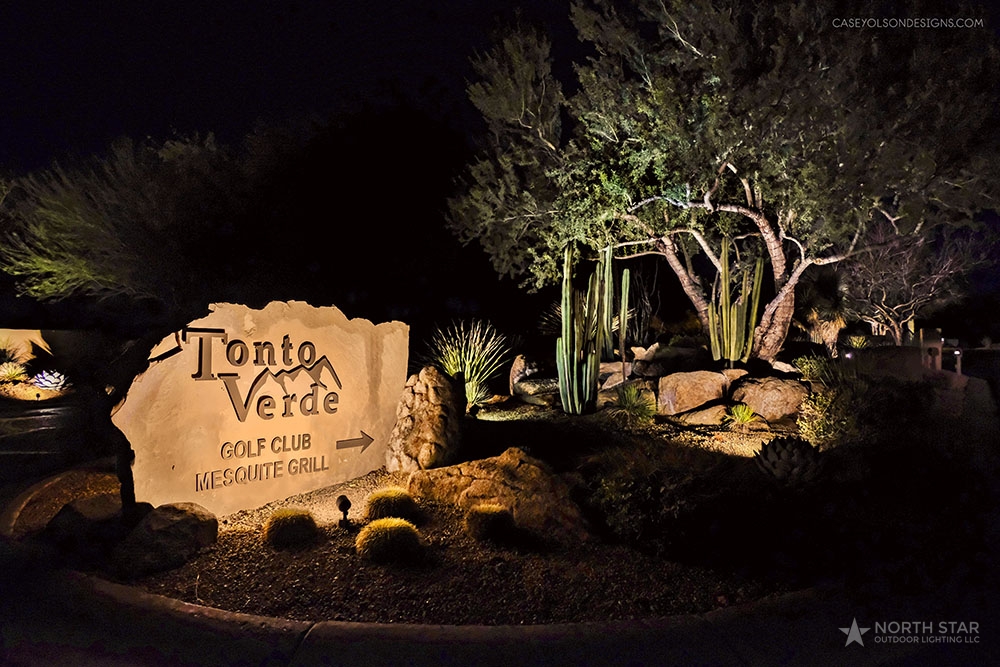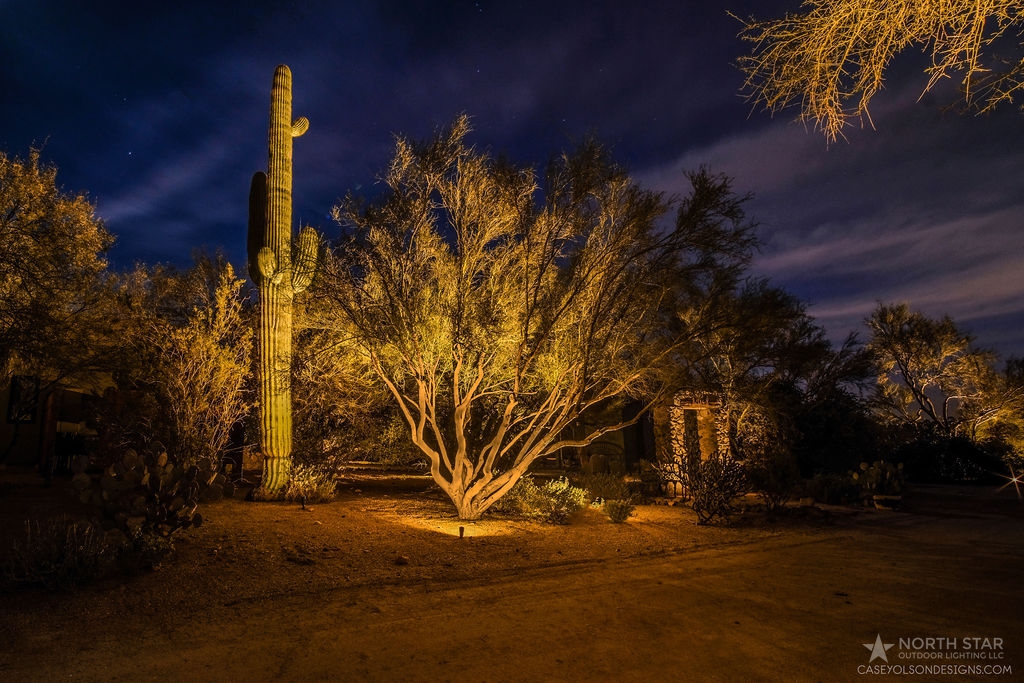The Art of Landscape Lighting: Transforming Arizona's Outdoor Spaces
Arizona is renowned for its stunning desert vistas and varied landscapes, presenting unique opportunities for beautifying outdoor spaces. Landscape lighting is more than just an aesthetic enhancement; it plays a crucial role in redefining the character of these spaces after sunset. At North Star Outdoor Lighting, we understand the impact expertly designed lighting options can have.
This blog post delves into the multifaceted world of landscape lighting in Arizona, addressing its significance, design nuances, installation practices, and sustainable options. Whether you're a homeowner eager to elevate your backyard's appeal or a landscaping professional seeking innovative lighting solutions, this guide offers valuable insights into crafting captivating lighting designs that transform any outdoor area into a nocturnal wonderland. Read on for some tips to enhance any outdoor space, making it safer, more secure, and visually captivating.
